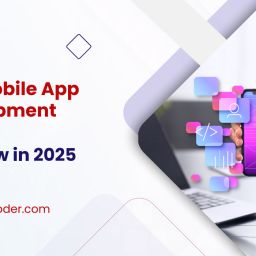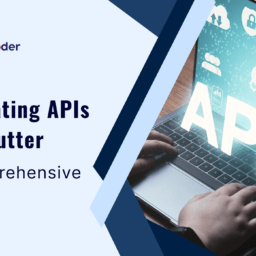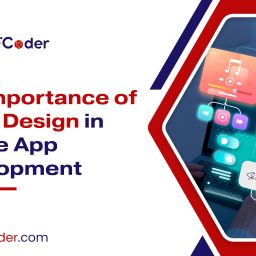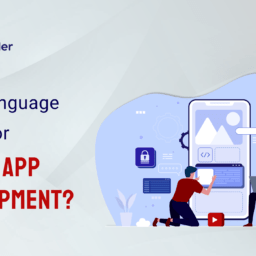
Mobile App development involves creating software that runs on smartphones and tablets. The Mobile development process involves the creation of an idea for the launch of a website. It requires the expertise of developers, coders, and graphic designers to make the best mobile application. The success of the MAD procedure depends on resources, expertise, team capacity, and market positioning. Many constraints occur during the User Testing phase which affect the production cost. There are mainly two different methods of mobile app development such as the Cascade or Waterfall approach and the Agile methodology.
1. Purpose of Formation
The first step in mobile app development is knowing the objective behind its formation. Some questions, like what problems need to be solved, who is the audience I am catering to? What should be the result? Do you need the app for information purposes or global outreach? With these questions, you will understand the intent of the customers and the developer.
2. Knowing your Audience
After analyzing the objectives, the next step is to know about your target audience. In this step, you need to search if your customers are iOS users or Android users, their economic status, and what is their demographic status. This information will be helpful while building a marketing plan later on.
3. Type of Application
There are mainly three types of applications: Native apps, Hybrid Apps, and Web Apps. Native apps are those that get installed directly on mobile devices. They are costly as they require building separate apps for different operating systems. Hybrid apps operate through a web browser like HTML5, are cheaper to create, and can be installed directly on devices. Web Applications are not accessible through mobile devices. They are easy to formulate and fit any screen.
4. Wireframing
The digital sketches that the business analysts create are called wireframes. The wireframes enhance the visibility and user interface of the app. The app layout should be in such a way that the users can interact with the app without any hassle.
5. Design and Interface
After wireframing, the next step is to decide the fonts, buttons, widgets, spacing, positioning, and color schemes. The UX, meaning the user experience, revolves around the app interface. The user must be able to navigate easily through your app without a user manual. The interface offers a consistent appearance and provides a better outlook on the application.
6. Back-End Development
Back-end development ensures the scalability of mobile applications. It involves creating server-side objects and databases for the application. For the success of its application, you need appropriate coding and programming language and experienced software developers. Types of backend solutions include MBaas Solutions, Custom build backends, and third-party SaaS.
7. Front-End Development
The front-end development involves three main approaches: Platform-specific, cross-platform, and Hybrid. The platform-specific development uses different codes for different mobile platforms. Even though it is a costly approach, its speed and responsiveness make up for its limitations. Cross-platforms, as the name suggests, use a single code for multiple platforms. The features allow cost-effectiveness and code reusability. Hybrid development involves both the features of the platform-specific and web applications. It is helpful for those developers who wish to run apps on multiple platforms but do not have the funds to utilize cross-platform development.
8. Testing Methods
Testing is one of the most integral parts of the mobile development process. The process helps in finding bugs, glitches, and other usability issues. There are five different types of testing methods such as functionality, performance, security, extended review, and platform and devices. When we check the features to ensure that everything goes well, it is known as functionality. Performance testing includes the app responsiveness and increase in the concurrent users. Data protection is very important in application types like healthcare and mobile insurance. You can measure this with security testing. It is also essential to test the compatibility on different devices. The last step involves creating a beta version of the app and collecting as many reviews and feedback before the launch.
9. Deployment
After all the above steps, you are all set to launch the app. To deploy the app, you can submit your application to Apple’s App Store or Google Play Store or go for private distribution. You have to submit your app for review by filling out various forms. You can deploy your web servers into a scalable production environment like Amazon Web Services. The launch in the App Store requires systematic configurations like marketing materials and metadata descriptions.
10. Monetization Methods
It is essential to choose the correct monetization method as it is necessary to make direct money from investments. There are options available like Subscriptions, Paid Apps, Affiliate marketing, App advertising, and purchases. You can decide whether to charge for your subscription plans depending on the type of application.
11. Marketing and Promotion
Once the app is launched and secure, you can take all the essential steps to popularize it. You can do that through social media, influencer marketing, app store optimization, etc.
Conclusion
The process from ideation, market research, design, development, testing, to deployment is an integral part of mobile development. Through user feedback during the beta run of the app, the developers get to know how effective the app is. Once you are clear about the approach of the application, things become clear. Make sure to always keep the interface of the application simply and easy to navigate.
















